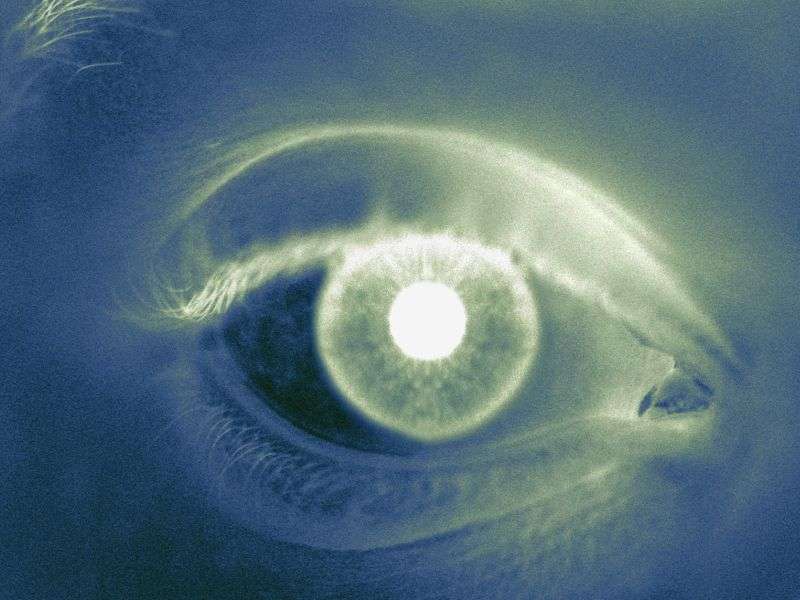(HealthDay)—A multi-luminance mobility test (MLMT) can differentiate normal-sighted from visually-impaired subjects, according to a study published online July 11 in Clinical & Experimental Ophthalmology.
Daniel C. Chung, D.O., from Spark Therapeutics Inc. in Philadelphia, and colleagues conducted a prospective observational study involving 54 subjects (28 visually-impaired, 26 normal-sighted). Over one year, the subjects navigated MLMT courses three times; subjects completed testing using individual eyes and both eyes at up to nine standardized, increasing luminance levels at each visit. The authors compared accuracy and speed with visual acuity (VA), visual field (VF), and a visual function questionnaire.
The researchers found that normal-sighted subjects could be distinguished from visually-impaired subjects by MLMT. At all tested light levels, all control subjects passed all MLMT attempts; there was wide variation in visually-impaired subjects' performance, with some declining over one year. There was marked decline in performance below certain VA and VF thresholds. On two baseline visits there was high concordance on performance; for the lowest common and highest common lux levels, correlations for accuracy were 94 and 98 percent, respectively.
"MLMT differentiated visually-impaired from control populations, and, in visually-impaired subjects, identified a range of performances, and tracked performance declines over time, consistent with these progressive conditions," the authors write.
Several authors disclosed financial ties to CHOP and Spark Therapeutics; Spark Therapeutics partially funded the study. Several authors are inventors on a patent related to the MLMT.
More information:
Abstract
Full Text (subscription or payment may be required)
Copyright © 2017 HealthDay. All rights reserved.
























